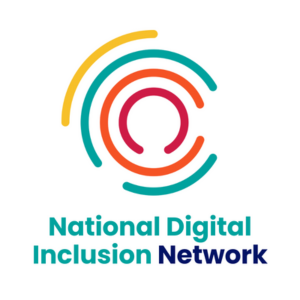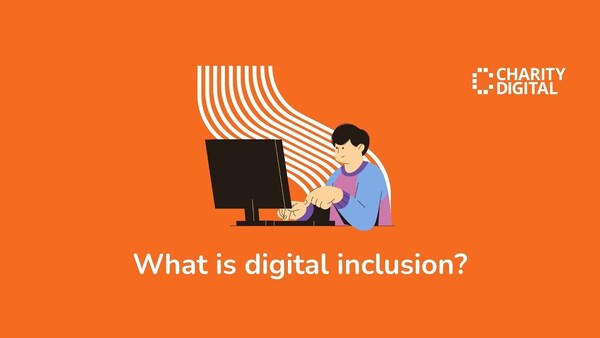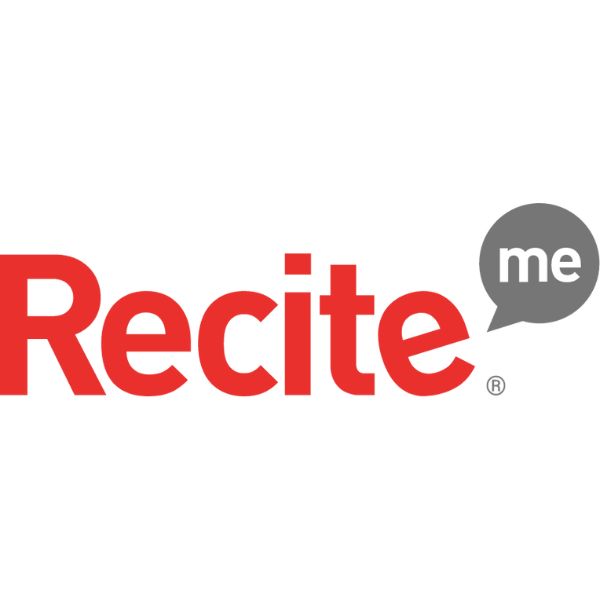Insights
INSIGHTS
All Topics
How children and young people can be digitally excluded
There’s an assumption that only older people are digitally excluded, but 20% of children in the UK are in digital poverty
Millions of people in the UK are impacted by digital poverty. According to the Digital Poverty Alliance there are 13–19 million people, over 16 years of age, who are experiencing digital poverty in some form. Their research found that one in two older adults are in digital poverty, one in five are in severe digital poverty, and approximately 20% of children in the UK are in digital poverty.
What is digital poverty?
Digital poverty is the lack of access to digital devices, as well as connectivity (for example, access to mobile data and Wi-Fi) that limits people’s ability to study, work, and participate fully in society.
Digital poverty is a result of both affordability and availability.
What is digital exclusion?
Digital exclusion is similar to digital poverty, but slightly broader as it includes lacking the skills to use digital technology, having low digital literacy, and lack of infrastructure (for example, poor connectivity in rural areas).
When it comes to digital exclusion, people often assume that it mostly affects older people as they struggle to adapt to the fast pace of technology and they lack the digital skills needed to live in today’s world.
But the problem is far more widespread. Research in 2024 by the University of Liverpool, Loughborough University, and digital inclusion charity Good Things Foundation surveyed 1,500 UK households to develop a “minimum digital living standard”. This minimum digital living standard is defined as “the basket of ‘digital goods, services and skills’ that facilitate an individual’s digital capabilities to effectively live a life they value”.
Their study found that almost 45% of UK families with children did not meet the threshold, meaning they lack access to devices as well as the online skills needed to participate fully in today’s digital society. This has a huge effect on not only their daily lives, but their future too.
How are children digitally excluded?
The pandemic was instrumental in shining a light on how being digitally excluded or in digital poverty had a major impact on children’s education.
As we went into lockdowns and school lessons moved online, this negatively impacted children who lived in households where there wasn’t a laptop. Or there was one laptop or computer but it had to be shared by the whole family.
Lack of digital devices
According to the Children’s Commissioner, during the pandemic in 2020, an estimated 9% of UK families had no digital device at home.
A lack of digital devices at home, such as a smartphone, laptop, tablet, or desktop computer means that children are unable to participate fully in their education. They are unable to do schoolwork such as online research, study for their exams, or complete online homework.
Limited internet access
The cost-of-living crisis is having a huge effect on families. The Ofcom Communications Affordability Tracker found that, in April 2024, around 9.3 million UK households had difficulty in affording mobile data and broadband access. Many are choosing to forgo these services to spend the money on other essentials, such as food.
The irony is, according to the Good Things Foundation’s Digital Nation 2024, food costs are 50% higher without internet access, as there is no way to compare prices to get better deals.
This negatively impacts children as they are unable to complete their online homework or study for GSCEs or A-levels. As well as missing out on educational opportunities, they are also missing out on social opportunities. Many children and young people use social media, gaming or online forums to socialise with others – even globally.
Lack of parental support
There are currently 8.5 million people in the UK who lack basic digital skills, according to the Good Things Foundation’s Digital Nation 2024.
Children whose parents lack basic digital skills will be adversely affected as they won’t have the support of their parents in helping them to develop their own digital skills and navigate platforms and devices.
Exposure to risks
For children who can access social media platforms, such as TikTok, YouTube, and Instagram, or participate in online games with people of all ages from around the world, there are concerns about their safety.
There are many dangers for children who are online, such as being exposed to age-inappropriate content, cyber bullying, being scammed, groomed and more. Parents with a low digital literacy may not understand the risks that their children are exposed to when online, or how to keep them safe.
It’s crucial that we tackle digital exclusion as a matter of urgency. For children, being digitally excluded deepens educational inequalities and limits their opportunities for personal growth.
Find out more
Our 2024 Digital Inclusion Summit revealed how charities can help can make the digital world a safer, happier, more inclusive place, from improving access to digital devices to demystifying cyber security. Click here to watch the session recordings for free.
Our report, ‘Digital inclusion in the UK charity sector’, uncovers charity practitioners’ attitudes towards digital inclusion, including the challenges charities face in reaching out to service users and how they are making the most of the digital technology they use. Click the link in the orange box below to download the report.
Our Digital Inclusion Hub features regular articles, podcasts, and webinars to help charities reach across the digital divide. Click here to learn more.
Report: Digital inclusion in the UK charity sector
kirsty marrins
More on this topic
Recommended Products
Recommended Products
Featured Products
Related Videos
Our Events
Charity Digital Academy
Our courses aim, in just three hours, to enhance soft skills and hard skills, boost your knowledge of finance and artificial intelligence, and supercharge your digital capabilities. Check out some of the incredible options by clicking here.



















